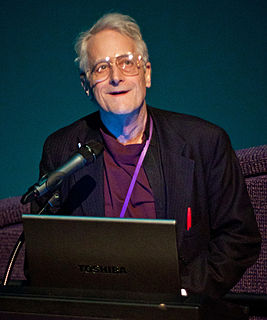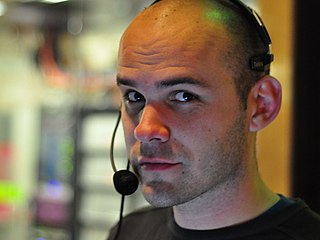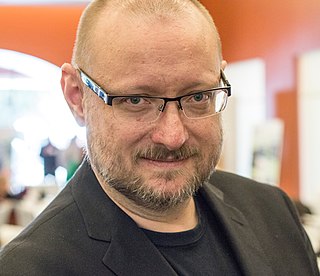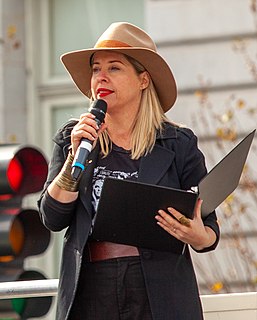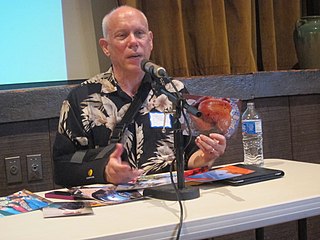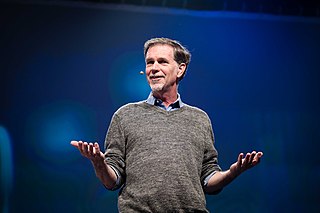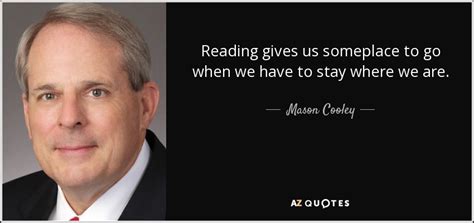A Quote by Neal Stephenson
This is exactly how the World Wide Web works: the HTML files are the pithy description on the paper tape, and your Web browser is Ronald Reagan.
Related Quotes
When I was 14, I spent a huge amount of time on the Internet, but not the Internet we know today. It was 1994, so while the World Wide Web existed, it wasn't generally accessible. Prodigy and CompuServe were popular, and AOL was on the rise, but I didn't have access to the web, and no one I knew had access to the web.

